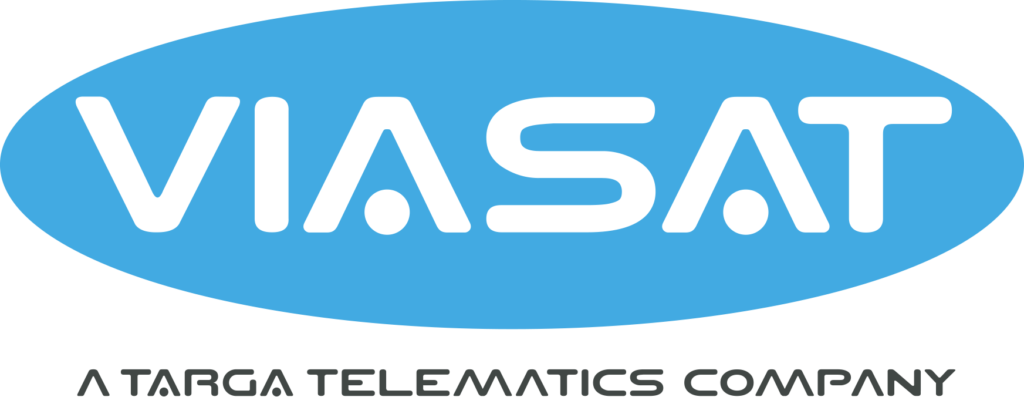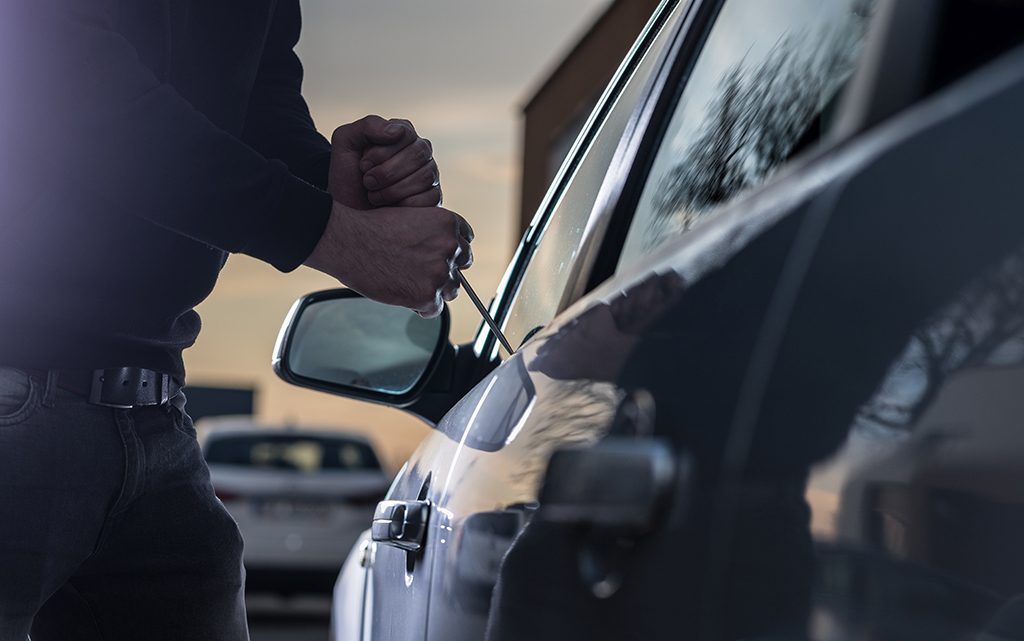Every day 20 cars disappear in Belgium, more than 300 in France and 10,000 worldwide! Protect your fleet with digital tools and avoid many problems…
Have you ever heard of “mouse jacking”? It is the umpteenth vehicle theft technique using an electronic scrambler. This small box allows the thief to hack the security system of the car to take possession of it when the driver thinks of locking the car. Unfortunately, this does not only happen to others… Your vehicles are key assets of your company. What if something goes wrong? You are penalized on several levels (loss of the vehicle, uncertainty related to a possible compensation, repurchase, etc.) and you jeopardize your activity. That’s why it’s also in your interest to use technology to reduce these risks and protect your fleet.
1. Secure your vehicles
How about knowing the exact location of your entire fleet in real time on your smartphone? It’s possible! Thanks to a box and a simple application. This way you can keep a constant eye on all your vehicles. Better yet, you can remotely activate a device that prevents the vehicle from starting. Receive an SMS if someone tries to sabotage the system or move the vehicle. Essential anti-theft solutions to effectively protect your fleet.
2. Identify your drivers
Another way to protect yourself : Require the driver of each vehicle and machine to identify themselves before turning on the ignition. Without this special electronic key or a smart badge, it is impossible for the driver to start the vehicle. Your vehicles are safe!
3. Geolocate your equipment
Who dropped off this concrete mixer on which job site? Has this generator been returned to the depot? Like your vehicles, your tools travel and are therefore constantly at risk. It’s a valuable equipment that requires special attention to avoid loss or theft. The solution? Autonomous mini beacons or tags attached to each piece of equipment. These “mini-spies” communicate a range of information (location, time on a job site, etc.) and make it easier to maintain inventory and allocate your resources efficiently.
4. Monitor fuel consumption
Diesel fuel is one of the main expenses in the transportation sector, among others. That’s why it’s in your best interest to detect suspicious siphoning or overfilling. How can you do this? By installing probes in the tanks or by connecting to the Can-bus (manufacturer’s data). These accessories, linked to your GPS unit, automatically compare the number of kilometers traveled with the volume of fuel consumed and alert you in case of a suspicious or unusual situation. These sophisticated solutions also help you plan your tanker fill-ups so you never run out of fuel.




